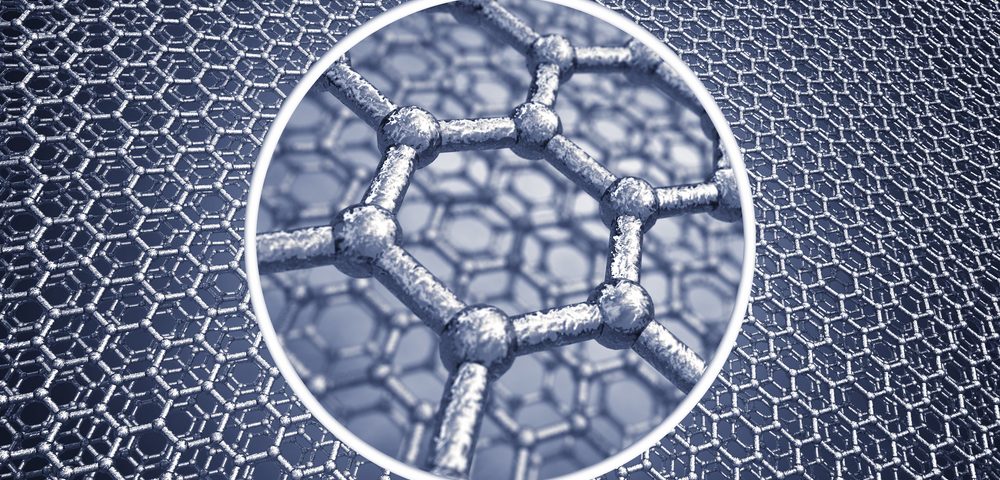Researchers in the U.K. and China are collaborating on the development of a low-cost, noninvasive electronic sensor device to simultaneously test for three types of hepatitis. The technology uses graphene, a one-atom thick, two-dimensional material with high electrical and heat conductivity.
Ultralight and flexible but 200 times stronger than steel, graphene was first isolated in 2004 by two researchers at the University of Manchester. Professors Andre Geim and Kostya Novoselov were awarded the 2010 Nobel Prize in physics for their achievements with graphene.
The diagnostic device would become the first sensor capable of simultaneously testing three of the five types of hepatitis: A, B, and C.
Each of the five partners involved in the two-year project, which is supported by the U.K.’s Newton Fund, has a different role. U.K.-based company Biovici leads the project and will handle packaging and commercialization. Other partners include the U.K.’s National Physical Laboratory (NPL), China’s University of Chongqing, Chinese company CTN, and the U.K.’s Swansea University.
CTN and Chongqing University will manufacture the graphene device, while NPL’s National Graphene Metrology Centre will conduct electrical characterization and testing. Swansea University is tasked with chemical characterization.
Hepatitis is a major health problem. The World Health Organization (WHO) estimates that 257 million people are living with hepatitis B, which caused 887,000 deaths in 2015, mostly due to complications including cirrhosis and liver cancer. One-third of hepatitis B patients worldwide live in China.
WHO estimates that 71 million people have chronic hepatitis C infection and a significant number of these will develop cirrhosis or liver cancer, leading to approximately 399,000 deaths annually. Forty percent of those deaths occur in China. While no vaccine currently exists for hepatitis C, antiviral medicines can cure more than 95% of hepatitis C virus infections.
The current standard diagnostic method for hepatitis requires blood testing, but results can take up to seven days. During that time, infected patients are still contagious and pose a risk to non-infected people. Blood testing is also invasive, expensive, and requires medical training.
The research team suggests an alternative approach based on chemically modified grapheme-based monitoring sensor technology that will enable early detection and real-time monitoring of several hepatitis A, B, and C biomarkers, namely antibodies. The device will be similar to a blood glucose sensor or pregnancy test but testing saliva instead.
The project roadmap is to develop a prototype and establish the sensor’s reliability, stability, and sensitivity to prepare it for commercialization. The NPL estimates that with mass production, the cost per device could be just over $1.
“Graphene’s unique characteristics mean it has great potential to be used in a variety of sensing applications. In addition to hepatitis, it could be used in other similar tests, including allergen sensors, pollutant identification and other life sciences applications,” Olga Kazakova, NPL’s lead researcher in advanced materials, said in a press release.
Paul Morgan, Biovici’s chief executive, added, “This collaboration between NPL, Swansea University’s Centre for NanoHealth and our partners in China opens a unique opportunity to develop a low-cost, affordable test, which will bring major benefits to the global fight against the spread of this highly infectious disease.”
For more information about NPL’s graphene research, visit: http://www.npl.co.uk/topics/graphene/

